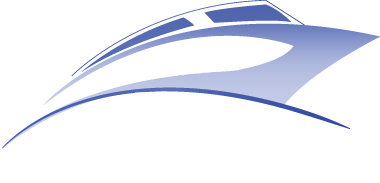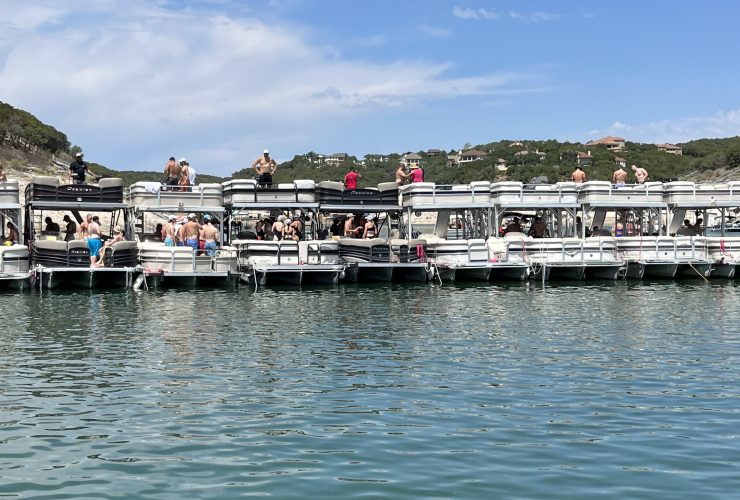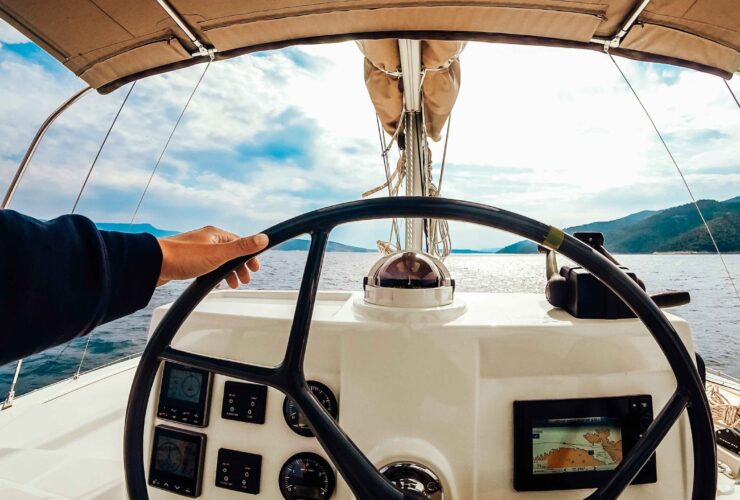Whether planning a day trip on Lady Bird Lake or exploring the vast expanse of Lake Travis through one of the popular Austin luxury boat tours, understanding essential safety equipment isn’t just good practice—it’s required by law. The waterways surrounding Austin offer spectacular views and recreational opportunities, but they also demand proper safety precautions from all boaters. Federal and state regulations mandate specific safety items based on your vessel’s size and type of operation. From properly fitted life jackets to functioning navigation lights, each piece of safety equipment is critical in preventing accidents and ensuring everyone returns safely to shore. This guide covers the five fundamental safety categories every boat owner should address before setting out on Texas waters.
Life Jackets
Ensure every passenger wears a properly fitting life jacket before starting a boat trip. Life jackets are essential safety items that can save lives in emergencies. Verify that each life jacket is Coast Guard-approved, in good condition, and fits snugly. Inspect the buckles, zippers, and straps to ensure they work correctly. Test the buoyancy of the life jackets by gently pushing down on the shoulders to ensure they keep the wearer afloat. Adjustable straps are essential to customize the fit for each individual, ensuring maximum safety. Remember, wearing a life jacket at all times while on the water is crucial, regardless of swimming ability. Stay safe, and enjoy your time on the boat!
Fire Extinguishers
Ensure your boat has the appropriate number and type of fire extinguishers to meet safety regulations and be prepared for emergencies. The number of fire extinguishers required on your boat depends on its size and whether it has an inboard engine. For example, a boat under 26 feet with an inboard engine needs to have at least one B-1 type Coast Guard-approved fire extinguisher on board. However, the requirements may vary if your boat is over 26 feet. It’s essential to check your fire extinguishers’ expiration date and condition regularly. Moreover, make sure that they are easily accessible and that everyone on board knows their location in case of a fire emergency.
Visual Distress Signals
Ensure that your boat is equipped with the necessary visual distress signals to enhance safety and facilitate communication during emergencies on the water. Visual distress signals are essential for attracting attention and signalling for help when in distress. The U.S. Coast Guard requires boats operating on coastal waters, the Great Lakes, territorial seas, and connected inland waters to carry approved visual distress signals. These signals include handheld flares, aerial flares, and orange smoke signals. Ensure your signals are in good condition, within their expiration date, and easily accessible. Familiarize yourself with using each type correctly, as they can be crucial in emergencies. Always store them in a dry, secure location on your boat for quick access when needed.
Sound-Producing Devices
Ensure your boat is equipped with the necessary sound-producing devices to boost safety and communication during emergencies on the water. When it comes to sound-producing devices, here are three essential items to take into account:
- Whistle: A whistle is a compact and reliable option for signalling distress or attracting emergency attention.
- Air Horn: An air horn is a powerful tool that emits loud and far-reaching signals, ensuring you are heard even in challenging conditions.
- Horn or Bell: Having a horn or bell onboard provides an audible means to communicate with other vessels or alert nearby boats of your presence.
Having these sound-producing devices readily available can significantly contribute to your safety and preparedness on the water.
Navigation Lights
Equip your boat with the necessary navigation lights to improve visibility and promote safe operation in low-light conditions. These lights are essential for signalling your position, direction of travel, and status to other vessels at night or in times of restricted visibility. When selecting navigation lights, make sure they meet the requirements set by the U.S. Coast Guard for your vessel’s size and type. Typically, boats display red and green sidelights, a white masthead light, and a white stern light. Understanding each light’s placement and colour is vital for proper navigation and preventing collisions. Regularly check that your navigation lights are working correctly and can be seen from all angles to guarantee a safe and enjoyable boating experience.
Related Topics:





